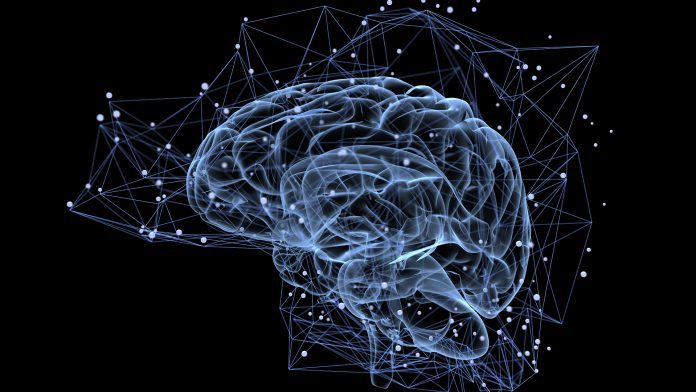
Malfunctions in the glymphatic system can be detected via wasteosomes according to new research from the University of Barcelona.
According to the study, wasteosomes — structures that act as containers for waste products in the brain — can be used to indicate a malfunction of the glymphatic system. The glymphatic system is a recently discovered system that is an important brain-cleaning mechanism.
The study has been published in the journal Proceedings of the National Academy of Sciences.
Why are wasteosomes important?
Wasteosomes, or amylase bodies, were first discovered in 1837 by the anatomist and physiologist Jan Evangelist Purkinje, however, since then the function of these structures has been the subject of much debate among experts.
“During the long history of the study of these structures, many and varied hypotheses have been generated about their nature and significance”, said the researchers.
A previous study from 2019 showed that amylase bodies act as containers for waste substances in the brain. These substances are then expelled by the astrocytes into the cerebrospinal fluid (the fluid surrounding the brain).
The latest study shows evidence that increased wasteosomes or starch bodies occur as a result of chronic failure of the glymphatic system. The glymphatic system is responsible for clearing parenchyma brain.
In their study, the researchers define glymphatic insufficiency as the inability of the glymphatic system to properly perform the brain’s cleaning function. This failure can be described as acute or chronic, depending on the duration of the process.
“Whether acute or chronic, and whether due to a failure of the glymphatic system or an overproduction of waste substances, the result of glymphatic insufficiency will be that waste substances will accumulate in the brain parenchyma, specifically in the areas affected by this insufficiency”, explained the researchers.
The link between wasteosomes and the glymphatic system insufficiency
The researchers were able to provide evidence that increased wasteosomes and starch bodies in the human brain were caused by chronic glymphatic system insufficiency. The research team noticed that most factors associated with large amounts of wasteosomes, such as ageing, certain cardiovascular disorders, and poor sleep quality, are also linked to disruptions in glymphatic system.
“It should be noted that the glymphatic system shows a marked circadian rhythm and that its cleaning function occurs mainly during sleep”, the researchers stated.
The researchers also found that the brain regions that had the highest number of wasteosomes were often related to the drainage areas of the cleaning system.
“The number of wasteosomes could be considered a marker of chronic glymphatic insufficiency and can therefore show us whether this type of insufficiency exists and in which parts of the brain it occurs”, explained the researchers.
These findings can facilitate the study of lymphatic insufficiency and make it possible to establish which variables have the greatest impact on the functioning or malfunctioning of this system.
“Moreover, the fact that they are markers of chronic lymphatic insufficiency gives them a clinical meaning that they did not have until now and that had been questioned for years”, added the researchers.
The study also suggests that chronic lymphatic insufficiency could be a risk factor for neurodegenerative diseases, such as Parkinson’s disease and Alzheimer’s.
“In case of lymphatic insufficiency, the elimination of these proteins is restricted, and all indications are that this contributes to the development of these diseases. Since wasteosomes can provide information about the variables that trigger glymphatic insufficiency and can help find strategies to fight it, they can help develop strategies to reduce the risk of developing these diseases”, the researchers noted.
Current knowledge indicates that ageing, chronic sleep disturbances and some cardiovascular diseases are the variables that have the greatest impact on the lymphatic system.
“In any case, the field of the glymphatic system is growing exponentially and many research groups are focusing and concentrating on them, which suggests that new and outstanding results will be obtained soon”, concluded the researchers.









